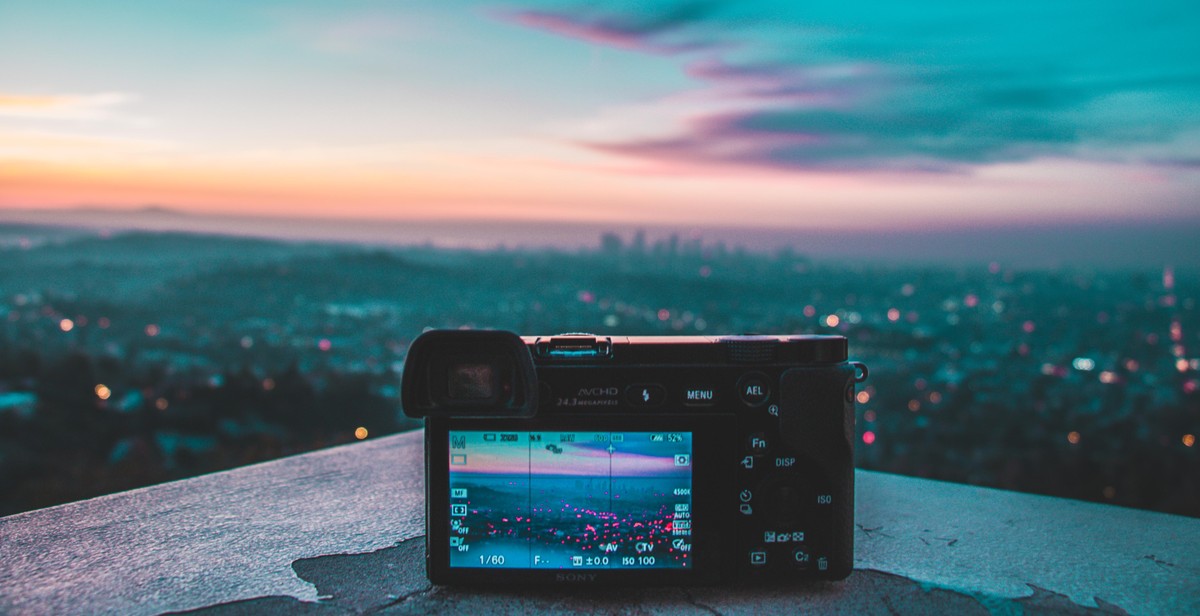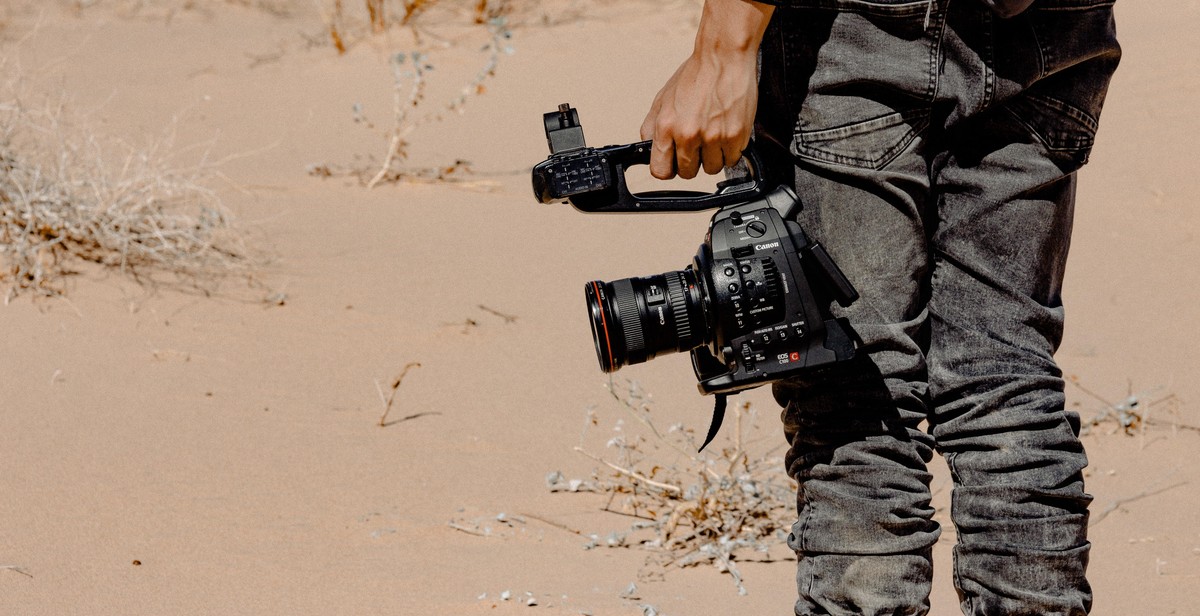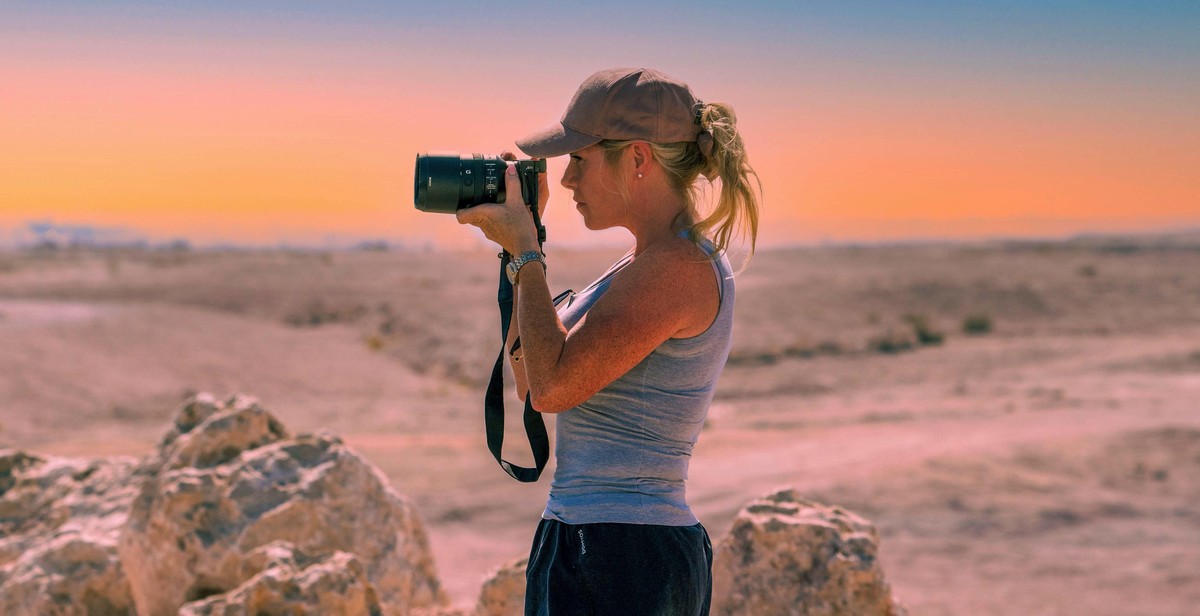How to Capture Stunning Landscape Photography: Techniques for Composition and Lighting
Capturing stunning landscape photography requires more than just pointing and shooting a camera. It involves a combination of creativity, technical knowledge, and experience. Landscape photography is a popular genre among photographers, and it is not difficult to understand why. The beauty of nature can be awe-inspiring and capturing it in a photograph can be a rewarding experience.
Composition Techniques
Composition is an essential aspect of landscape photography. It involves arranging the elements in the frame in a way that is visually pleasing and draws the viewer’s attention to the main subject. Some techniques that can be used to achieve good composition in landscape photography include:
- Rule of thirds
- Leading lines
- Foreground interest
- Frame within a frame
Lighting Techniques
Lighting is another critical aspect of landscape photography. It can make or break a photo. The right lighting can enhance the beauty of the landscape and bring out its natural colors and textures. Some lighting techniques that can be used in landscape photography include:
- Golden hour
- Blue hour
- Using filters
- High dynamic range (HDR) photography
By using these composition and lighting techniques, photographers can capture stunning landscape photographs that are visually appealing and evoke emotions in the viewer.

Understanding Composition
Composition is one of the most important aspects of landscape photography. It involves arranging the elements in your scene in a way that is visually pleasing and tells a story. Here are some essential composition techniques to consider:
Rule of Thirds
The rule of thirds is a basic principle of composition that involves dividing your frame into thirds both vertically and horizontally, creating nine equal parts. The idea is to place your subject or points of interest along these lines or at their intersections. This creates a more dynamic and balanced image, rather than placing your subject in the center of the frame.
Leading Lines
Leading lines are natural or man-made lines that draw the viewer’s eye to the main subject of the photograph. Examples of leading lines include roads, fences, rivers, and tree branches. By placing these lines in your composition, you can create a sense of depth and guide the viewer’s eye towards your intended focal point.
Foreground Interest
Including a strong foreground element in your composition can add depth and interest to your landscape photograph. It can be anything from rocks or plants to a person or animal. The key is to place the foreground element in a way that leads the viewer’s eye towards the main subject of the photograph.
Framing
Framing involves using natural elements such as trees, archways, or windows to frame your subject and draw the viewer’s attention towards it. This technique can create a sense of depth and add interest to your composition.
By incorporating these composition techniques into your landscape photography, you can create stunning and dynamic images that tell a story and capture the beauty of the natural world.

Mastering Lighting
Mastering lighting is an essential skill for capturing stunning landscape photography. Understanding the different types of lighting and how they affect your images can make a significant difference in the quality of your shots. Here are some lighting techniques to help you capture the perfect landscape photo:
Golden Hour
The golden hour is the time just after sunrise or just before sunset when the light is soft and warm. During this time, the sun is low in the sky, and the light is diffused, creating a beautiful glow. This is the perfect time to capture landscape photos as the light is flattering and can create stunning colors and shadows.
Blue Hour
The blue hour is the time just before sunrise or just after sunset when the sky turns deep blue. This time is perfect for capturing moody and atmospheric landscape photos. During the blue hour, the light is low, and the colors in the sky can create a beautiful contrast with the landscape.
Cloudy Days
Cloudy days can be a great time to capture landscape photos as the diffused light can create a soft and even light. This type of lighting is perfect for capturing textures and details in the landscape. It’s important to note that on cloudy days, the light can change quickly, so it’s essential to be prepared and adjust your settings accordingly.
Nighttime
Nighttime photography can be challenging, but it can also be incredibly rewarding. The key to capturing stunning nighttime landscape photos is to use a tripod and a slow shutter speed. This will allow you to capture the stars and create beautiful long exposures. It’s also essential to use a low ISO to reduce noise in your images.
Conclusion
Mastering lighting is an essential skill for capturing stunning landscape photography. Understanding the different types of lighting and how they affect your images can make a significant difference in the quality of your shots. By using the techniques outlined above, you can capture beautiful and breathtaking landscape photos.

Equipment and Settings
Camera and Lens
When it comes to capturing stunning landscape photography, having the right camera and lens is crucial. A full-frame camera with a high resolution sensor is ideal for landscape photography, as it allows for sharp and detailed images. As for lenses, a wide-angle lens is essential for capturing the vastness of landscapes. A lens with a focal length of 14-24mm is a popular choice among landscape photographers.
Tripod and Filters
A sturdy tripod is a must-have for landscape photography. It helps keep your camera steady and allows you to capture long exposures without any camera shake. Additionally, filters are also important for landscape photography. A polarizing filter can help reduce glare and enhance colors, while a neutral density filter can help you achieve longer exposures and create stunning effects like silky smooth waterfalls.
Aperture and Shutter Speed
Aperture and shutter speed are two crucial settings to consider when capturing landscape photography. When it comes to aperture, a smaller aperture like f/8 or f/11 is ideal for landscape photography, as it allows for a greater depth of field and ensures that everything in the frame is in focus. As for shutter speed, it depends on the effect you want to achieve. A faster shutter speed is ideal for capturing sharp and detailed images, while a slower shutter speed can create beautiful motion blur.
ISO and White Balance
ISO and white balance are two other important settings to consider when capturing landscape photography. When it comes to ISO, it’s best to keep it as low as possible to minimize noise and retain image quality. As for white balance, setting it to “cloudy” or “shade” can help warm up your images and make them more visually appealing.
| Camera Settings Cheat Sheet for Landscape Photography | |
|---|---|
| Camera Setting | Ideal Value |
| Camera | Full-frame with high resolution sensor |
| Lens | Wide-angle lens with a focal length of 14-24mm |
| Tripod | Sturdy and stable tripod |
| Filters | Polarizing and neutral density filters |
| Aperture | f/8 or f/11 |
| Shutter Speed | Depends on the effect you want to achieve |
| ISO | As low as possible |
| White Balance | “Cloudy” or “shade” |
Techniques for Capturing Stunning Landscapes
When it comes to landscape photography, there are several techniques that can help you capture stunning images. Here are some of the most popular:
Panoramas
Panoramas are a great way to capture wide landscapes that cannot be captured in a single shot. To create a panorama, take multiple shots of the same scene, ensuring that each shot overlaps with the previous one. Then, use photo editing software to stitch the images together into a single panoramic image. This technique is particularly useful for capturing mountains, cityscapes, and seascapes.
HDR Photography
HDR (High Dynamic Range) photography involves taking multiple shots of the same scene at different exposures and then blending them together to create an image with a wider range of brightness and detail. This technique is particularly useful when shooting landscapes with a wide range of light, such as sunrises and sunsets.
Long Exposure Photography
Long exposure photography involves using a slow shutter speed to capture motion blur in a scene. This technique is particularly effective when shooting waterfalls, rivers, and oceans, as it can create a soft, dreamy effect.
Focus Stacking
Focus stacking involves taking multiple shots of the same scene, each with a different focus point, and then blending them together to create an image that is sharp throughout. This technique is particularly useful when shooting landscapes with foreground elements, such as flowers or rocks.
By using these techniques, you can take your landscape photography to the next level and capture stunning images that will leave a lasting impression on your viewers.

Final Thoughts
Capturing stunning landscape photography requires a combination of technique, creativity, and patience. By following the tips and techniques outlined in this article, you can take your landscape photography to the next level and create images that are both beautiful and memorable.
Composition
When composing your landscape shots, remember to focus on creating a strong foreground, middle ground, and background. Use leading lines, the rule of thirds, and other compositional techniques to guide the viewer’s eye through the image and create a sense of depth and dimension.
Lighting
Lighting is one of the most important factors to consider when capturing landscape photography. Take advantage of the golden hour, blue hour, and other times of day when the light is most flattering. Experiment with different lighting conditions, such as backlighting and sidelighting, to create mood and atmosphere in your images.
Equipment
While it’s true that the best camera is the one you have with you, investing in high-quality equipment can make a significant difference in the quality of your landscape photography. Consider purchasing a wide-angle lens, a sturdy tripod, and filters to enhance your images and take your photography to the next level.
Practice
Finally, remember that practice makes perfect. Don’t be discouraged if your first attempts at landscape photography don’t turn out as you had hoped. Keep practicing, experimenting, and learning from your mistakes, and you’ll soon be capturing stunning landscape images that you can be proud of.
 |
 |
 |
Remember that landscape photography is not just about capturing a beautiful scene, but also about telling a story and evoking emotions in your viewers. With the right combination of technique, creativity, and practice, you can create stunning landscape images that will leave a lasting impression.
